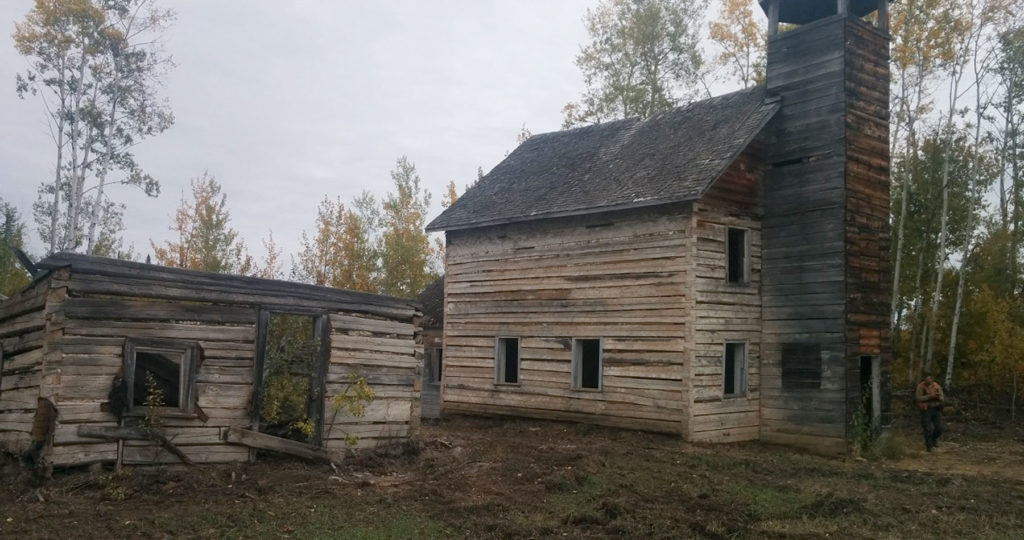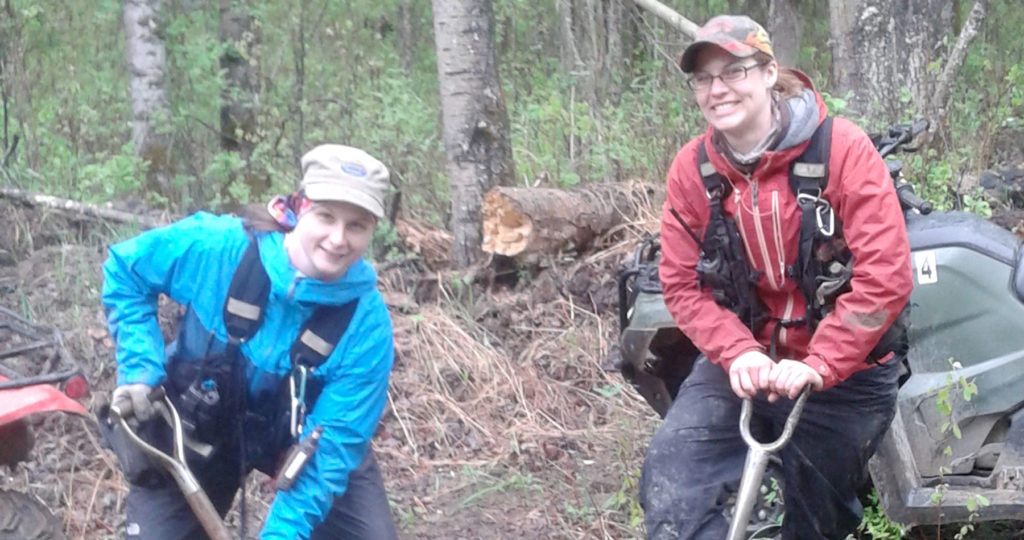Britt Romano's Blog Posts

May 24, 2017
Wood Bison
While doing helicopter work near Zama City in 2014 we spotted a herd of bison. We were very surprised to find out that these impressive animals are not uncommon in the area. These Wood Bison are part of the Hay-Zama herd. What is exceptional about this heard as of 2015, there is no evidence of
Keep Reading
February 6, 2017
Introduction to CRM Part 5: Reporting
Once we have surveyed our targets and evaluated any sites we have found, it is time to return to the office. All of our notes are taken on an ipad in the field. Now all we have to do is export our notes into a database which eliminates the hours spent on data entry. Note
Keep Reading
January 30, 2017
Introduction to CRM Part 4: Evaluating a Site
When we identify a site, we conduct further evaluative testing to determine the type, character, and extent of the site. This is done according to government guidelines, and depends on the type of site, and the type of landform. If the landform allows for it, testing occurs in each cardinal direction or in a grid.
Keep Reading
January 23, 2017
Introduction to CRM Part 3: Archaeological Survey
Using information compiled in the office, the next step of an HRIA is to leave the comforts of home behind and to venture into the field. Although there is a perception of archaeologists working at large excavations, often dressed in khakis and maybe wearing a fedora, archaeological survey is the most common type of field
Keep Reading
January 16, 2017
Introduction to CRM Part 2: Development Screening and Project Planning
The first step of a historic resources impact assessment (HRIA) happens in the office. Once we have the plan for a development, we need to assess whether the footprint will impact any recorded sites or if it has the potential to impact any unrecorded sites. We use our experience and knowledge of archaeology, GIS data,
Keep Reading
January 9, 2017
Introduction to CRM Part 1: Cultural Resource Management
Cultural Resource Management (CRM) is undertaken in many different countries all over the world and it can go by just as many names, Contract Archaeology, Consulting Archaeology, Compliance Archaeology, and Heritage Resource Management (HRM) to name a few. Whatever CRM is called, the underlying purpose is always the same. These archaeologists engage in the protection,
Keep Reading
November 9, 2016
St. Louis Catholic Church
We get to do a lot of traveling around Alberta during the summer. Sometimes when time permits, we get to stop at local attractions. During a recent trip to Fort Vermilion we made a stop at St. Louis Catholic Church in what is locally referred to as ‘Buttertown’. This church was built in 1906-1909. Check
Keep Reading
June 24, 2016
The King of Spades vs. the Grizzly
Over the years archaeologists have adopted technological advances from other disciplines. In the office, using programs such as QGIS along with LIDAR and other data sets we can create models to predict sites. In the field, we use a GPS for navigation and iPads to take our notes. Artifact processing has also seen many advances
Keep Reading